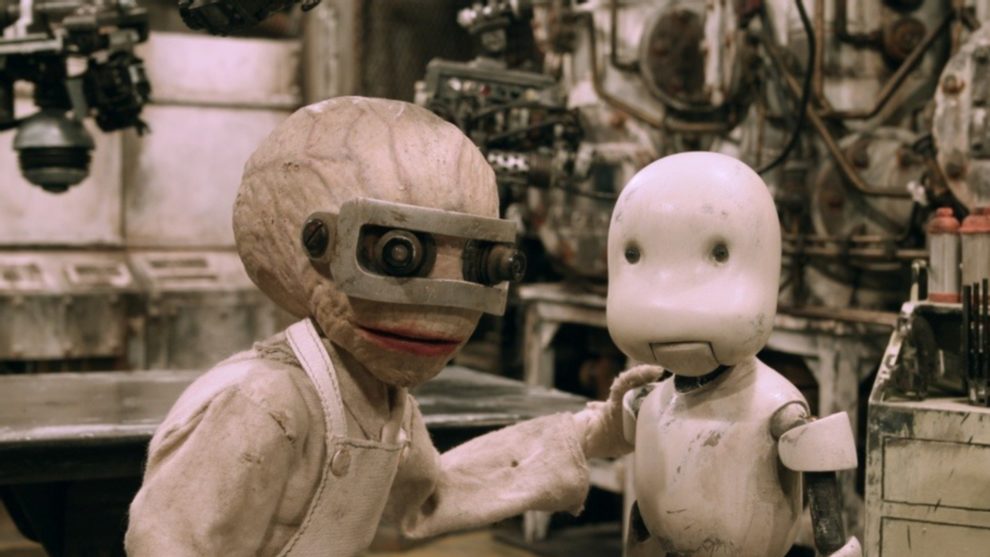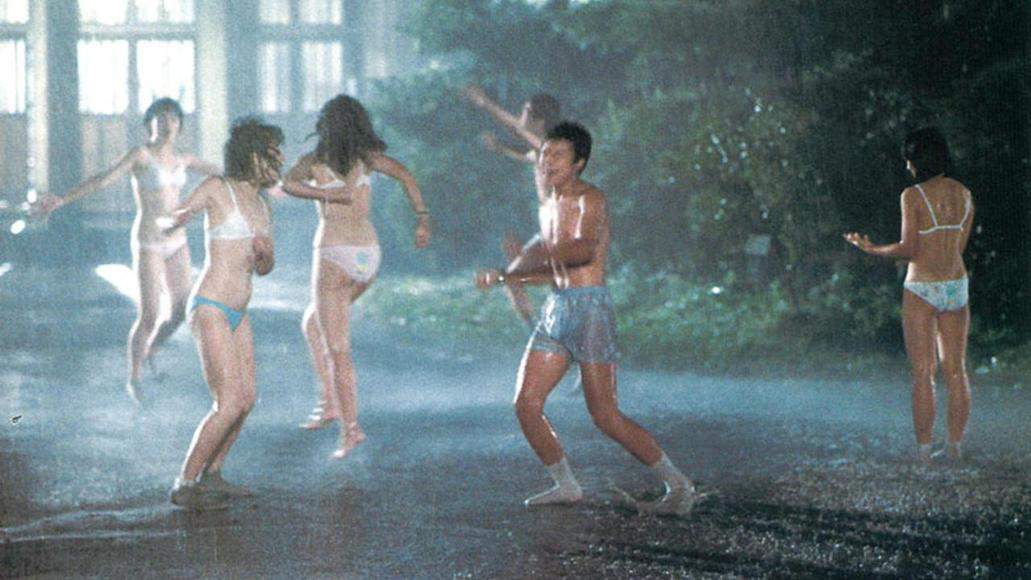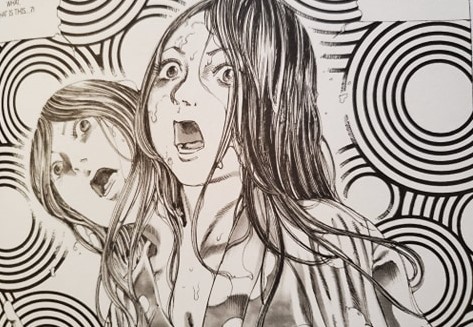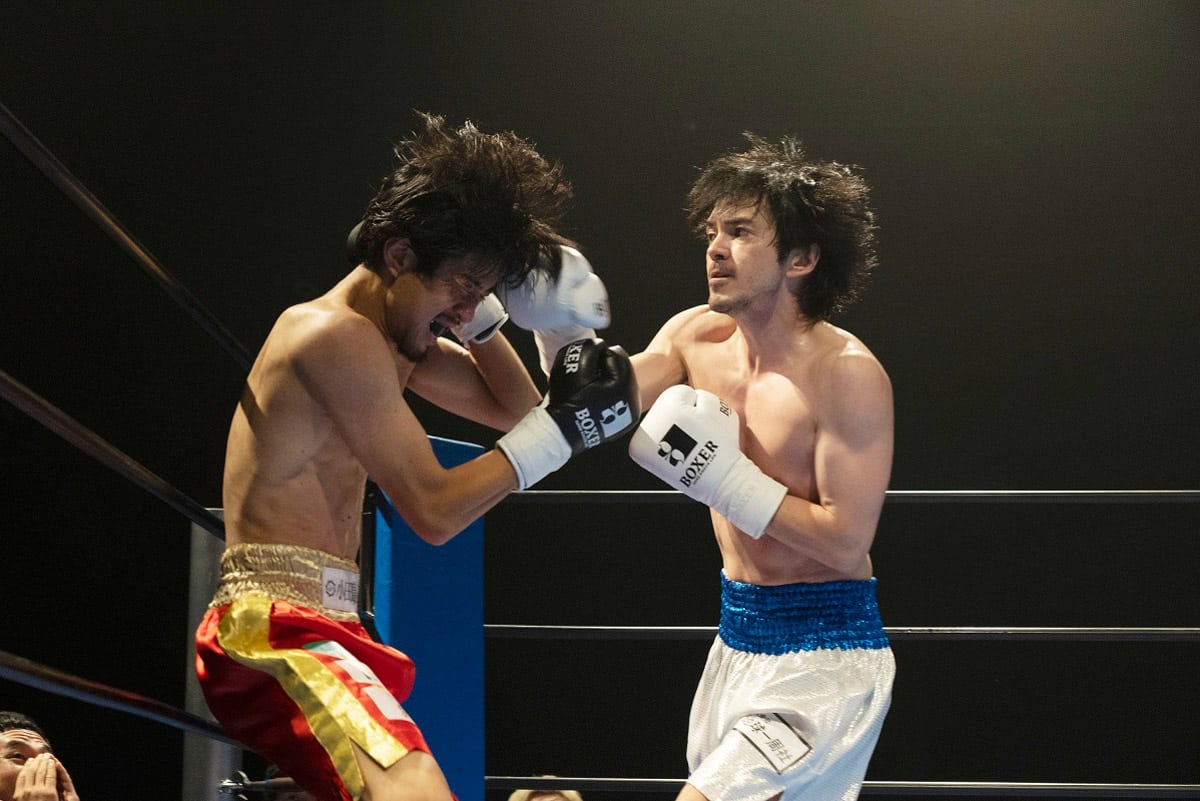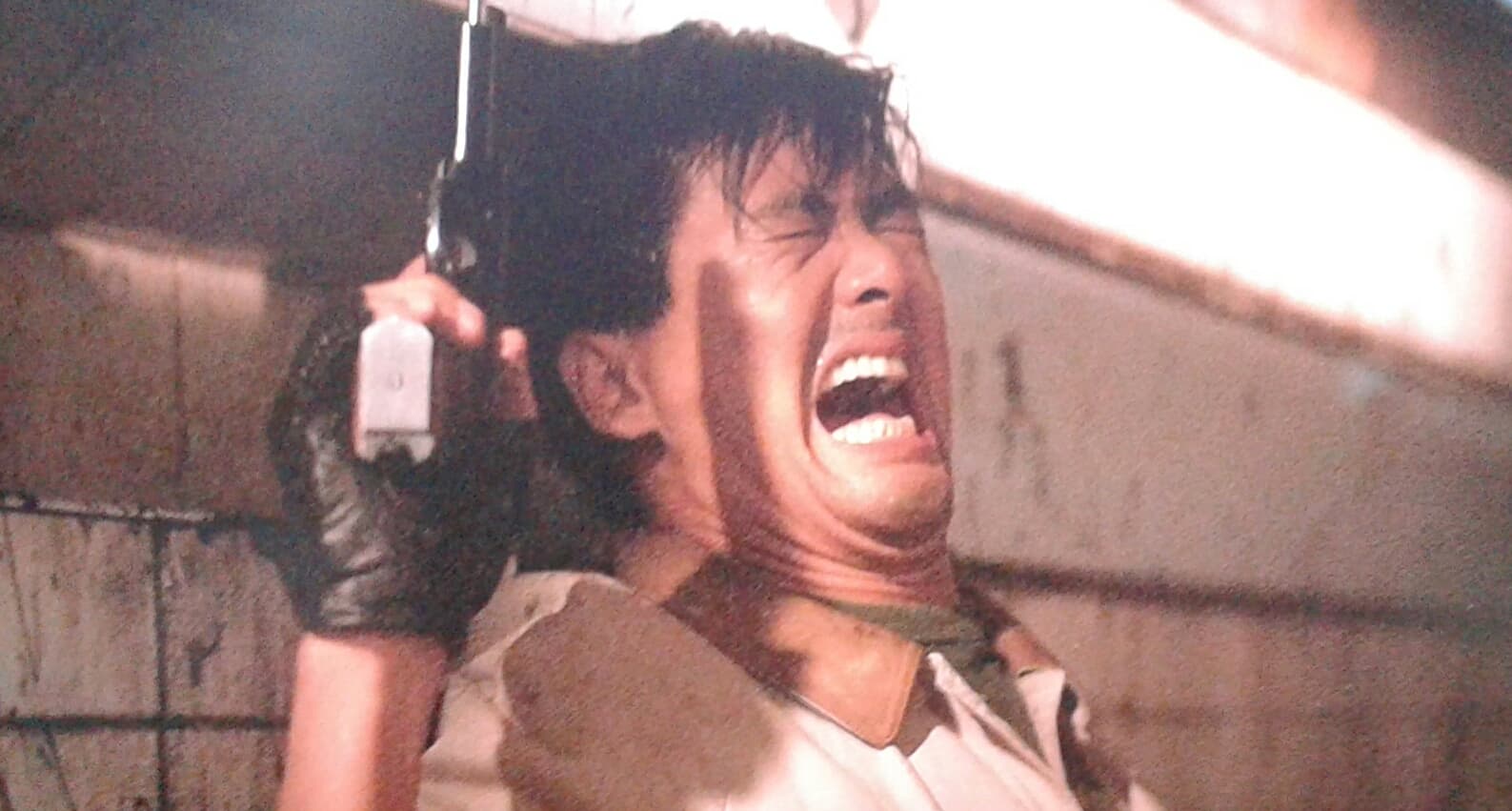Third edition of a film that started as a thirty minute short 7 years ago, and now sees the light of day in the production level Takahide Wori wanted it to be, with his work as in storyboarding, writing, directing, designing, lighting, shooting, making the costumes, the SFX and voicing the stop-motion film (with the help of a few specialists) reaching its ultimate form.
“Junk Head” is screening at New York Asian Film Festival
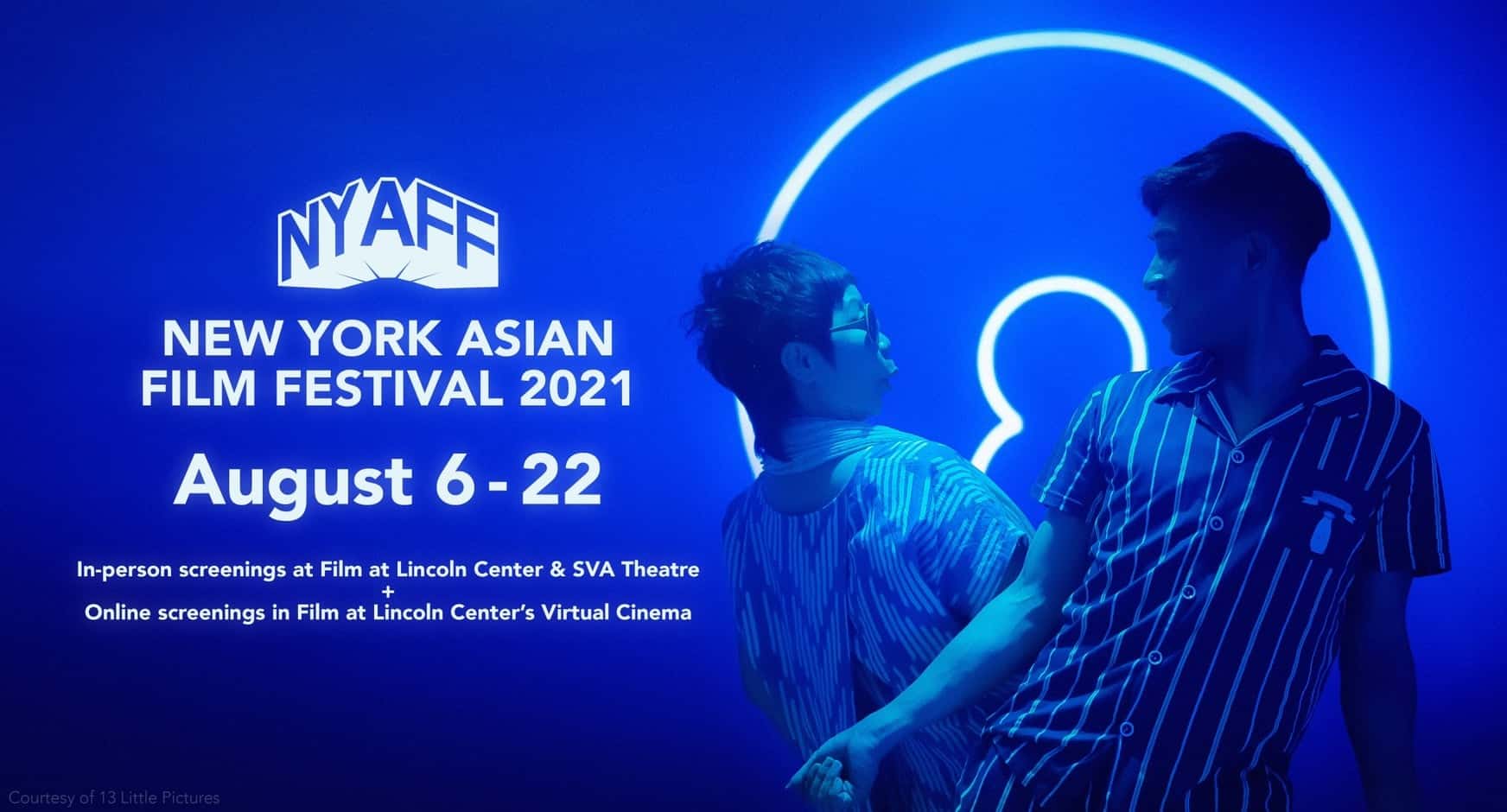
In the distant future, mankind has attained longevity through gene manipulation. However, in exchange, the ability to reproduce is lost. Clones were built to maintain the dwindling workforce, but 1200 years later they rebelled, eventually inhabiting the lower depths of the world. The humans, suddenly finding a need to understand their subterranean-dwelling creations, launch an ecological study. What they discover is that the clones have transformed into a vast array of absurd and terrifying monstrosities, although the humans themselves have also changed much.
In that setting, the story revolves around one of those “explorers,” who finds himself found by three strange creatures dressed in black and featuring intense bellies that get him to their boss, a doctor who transports his head into another body, with the whole team eventually starting calling the newly manufactured creation, God. God's odyssey, though, does not stop here, as he soon finds himself roaming the labyrinth of the underground, meeting new friends and foes, all the while trying to determine what exactly he is doing there, since his memory is repeatedly deleted. In his travels, he meets the people of another lab, who are dominated by extremely strong females, a man who tries to con him, another man who has been standing alone tending a fire, a strange girl and her monstrous friend. Eventually, he becomes God again, his true story is revealed and he is reconnected with the three initial creatures in a battle against the worst monster of all.

The first thing one notices in the film, after the gibberish-like talk everyone uses, is the impressive creations of the characters and creatures, who seem to be a combination of the fantasies of HR Giger, Hieronymus Bosch, and the kind of creatures usually found in survival horror video games, with the movie occasionally functioning like one. What is even more impressive, as revealed in the ending credits, is that both the characters and the setting are actual built models, and not the product of CGI, in a trait that highlights the amazing craftsmanship and imagination of Takahide Hori and his crew. The same applies to the setting, a combination of dystopian and cyberpunk elements,that is also presented as a never-ending labyrinth.
All of the above are presented in a fashion that occasionally function as an animated version of “Tetsuo”, as God is running frantically through corridors, hunted by monsters, while rapid electronic, industrial and noise tracks are playing in the background, and the film transforms into an extreme music video, filled with gore and blood. These scenes feature some frantic camera movement and very fast cuts, in a tendency that highlights Takahide Hori and Tetsu Kawamura's editing.
The slower moments are not missing though, with Takahide allowing his audience to admire the setting and the characters, while presenting his sense of humor (mostly deriving from the fact that some consider the main character as God) and a number of symbolism/iconoclastic elements regarding the modern society. This last element includes the conman, the worker who does not stop doing his work even when he does not know why he keeps at it, the cruel bosses that take advantage and mistreat their workers, how easily public opinion can change about someone, even in the most extreme difference, from nobody to God, and how one man's actions can impact the whole world. Lastly, in this “mad” setting, Takahide even manages to fit some minor elements of romance.
What one realizes after a fashion is that the film is virtually silent, with the only words uttered actually being incoherent sounds, which are translated into actual words through the subtitles. This, rather unusual trait, seems to work quite well in the setting of the film, as it allows the spectator to focus on the extraordinary images rather than the dialogue, which is, though, quite intelligent and rather humorous on occasion.
“Junk Head” was already a great film, but Takahide Hori has managed to make it even better by upping the production values, resulting in a true masterpiece of stop-motion animation.


